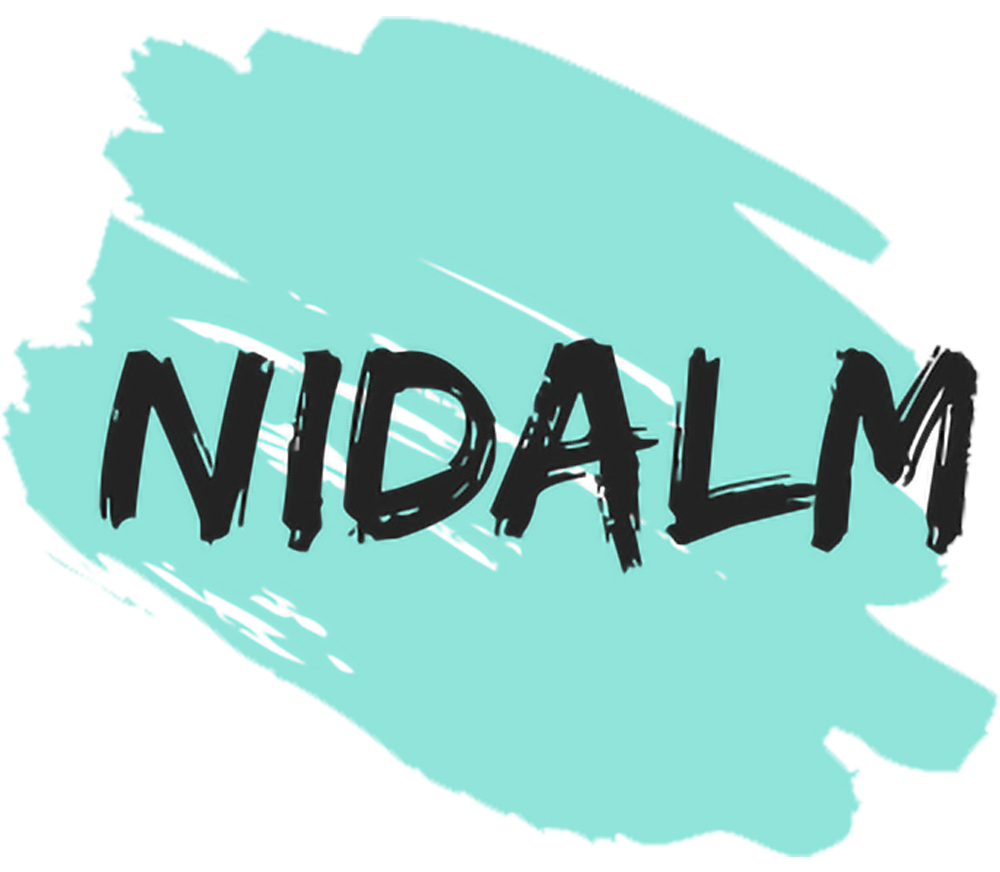
What is the health benefit of pink Himalayan salt? In this Review of Salts Worldwide article, we will explore the benefits of pink salt and the minerals it contains. We will also discuss its Lead and Iodine content. This article is not an exhaustive list of benefits of pink salt, and we are not claiming that all salts are the same. You should always consult the manufacturer for its full list of ingredients.
Mineral content
The mineral content of pink salt has been determined using descriptive statistics. One-way analyses of variance were conducted to determine whether the mineral content differs between different regions. One-sample t-tests were used to determine the differences between different samples by color and region. All analyses were performed using Minitab 17 and SAS University Edition. P-values less than 0.05 were considered statistically significant. No detectable arsenic, lead, mercury, or molybdenum were found in the salt.
Another benefit of pink Himalayan salt is that it is naturally rich in calcium. It may protect the body from various diseases such as high blood pressure, diabetes, and cancer. It also contains magnesium, which is essential for nerve and muscle function. Magnesium helps regulate blood pressure and sugar levels. It also helps the body absorb iron. A good way to use Himalayan salt in cooking is to mix it with vitamin C.
Health benefits
For the past few years, pink Himalayan salt has been making waves in home kitchens and luxury retailers. This salt is extracted from rock crystals found in the Himalayan region in Pakistan. It is not far different from the more common table salt. But despite its more attractive pink color, this salt isn’t as beneficial for your health as you may think. The following are some benefits of this salt, which should make you reconsider using it in your cooking.
For the skin, Himalayan salt has numerous benefits. It can help reduce inflammation of the skin. When added to bath water, it may improve dermal absorption, while magnesium promotes hydration. You can create a soothing bath by combining heavy pink salt with warm water and magnesium flakes. For an effective and affordable soak, you can also try mixing Himalayan salt with a Manuka body scrub.
Lead content
While lead levels in table salts can range from 100 ppb to 500 ppb, gourmet sea salt from France and regular table-salt from Iran are similar. Only 100 ppb of lead is found in Original Himalayan Crystal Salt. Lead content in other types of salts varies, depending on location, brand, and manufacturing processes. You should always check the lead content of the salt that you purchase.
The amount of heavy metals in Pink Himalayan salt may be higher than the standard limit of natural mineral levels. A recent Australian study found that lead in Peruvian pink salt was more than twice the level allowed by Australian government regulations. While all salt contains sodium chloride, the sources of salt determine the final product. Lead and copper are found in smaller amounts, while iodine is present in higher quantities.
Iodine content
In June 2018, we conducted a study to determine the iodine content of two different types of pink salt. We used a mass spectrometry scan of solids to examine the mineral content of each sample. We also looked at the iodine content of other salts and their regions. We found that the Himalayan salt was significantly higher than those of other regions. The findings of this study have important implications for consumers and manufacturers of health supplements.
While the high-iodine content of pink Himalayan salt has its advantages, it is not the only benefit of the salt. Many other minerals are present in this salt, including magnesium, calcium, strontium, molybdenum, iron, and zinc. However, we should remember that these are relatively small amounts and are unlikely to have any health benefits. It is important to speak with your doctor before making a drastic change in your diet.
Purity
The Himalayan Mountains are the source of the purest salt in the world. Pink Himalayan Salt was formed 250 million years ago and has been prized as a spice for centuries. Because it is extracted from ancient sea beds surrounded by lava, it does not have any trace of pollutants or chemicals. Many people believe that the salt is the purest salt on earth. The process for making it is complex, involving several stages and multiple extraction methods.
The mineral-rich Himalayan salt can improve your overall health. It is used for aromatherapy and in healing resorts to sooth the senses. It can be used as a natural moisturizer for the face and is an excellent way to detoxify the body and cleanse the air. It can also help you sleep well. It is widely available in grocery stores and has many benefits for the body. Here are just some of them:
Cost
If you’re curious about the benefits of pink Himalayan salt, you’ll be glad to know that it is not expensive at all. It’s readily available in grocery stores. Despite the price tag, it’s worth the extra money if you’re willing to spend it on healthy ingredients. It’s also a popular ingredient in health food products. There are many brands of fine-ground salt, which is suitable for seasoning foods. Each brand has slightly different sodium content, but they generally contain the most beneficial minerals.
One pound of pink Himalayan salt costs about $5 to $8 per 100 grams, which is about 20 times the price of generic table salt. Its high mineral content is considered beneficial for the human body, and some believe that it has healing properties. However, while the price tag may seem high, a higher mineral content doesn’t necessarily mean it’s healthier. Rather, you should be cautious about spending more than you can afford to spend.
